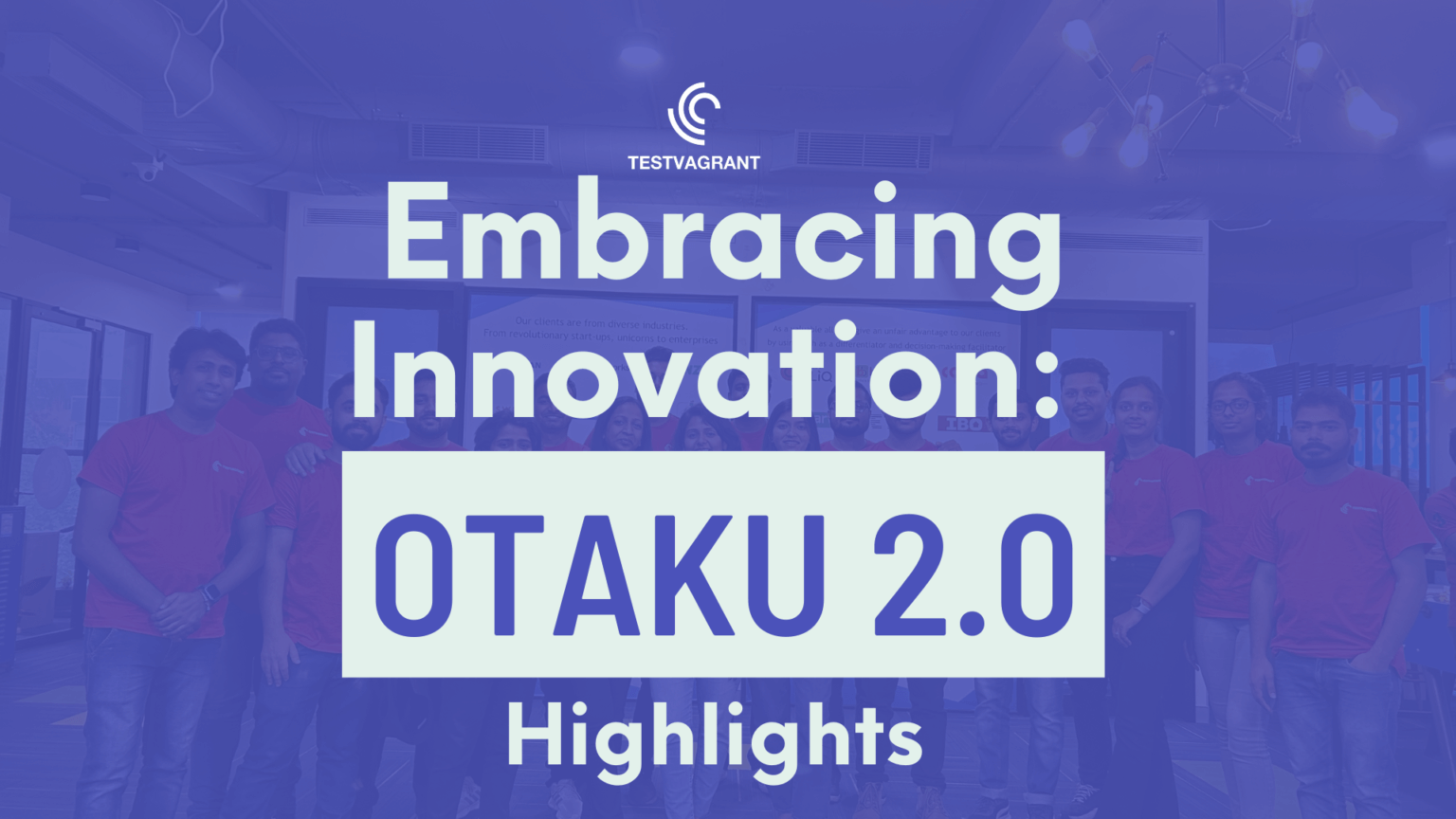
Test Observability & Engineering effectiveness
“Engineering Effectiveness” has been a central topic of discussion and focus this year

Have you noticed ? — time just passes & you feel energetic when you are talking to someone? and sometimes mere 10 minute of talk with someone creates fatigue and you feel exhausted ?
Have you felt WOW when you see a piece of work & sometimes you get very DRY feeling ?
Have you noticed that constant reminders needs to be given & sometimes things just happen !
The key difference here is “Passion”. There are tons of words — Focus, involvement, motivation, energy, efficiency, effectiveness, time-management etc… However, these are natural consequences of having passion.


Share This Article

“Engineering Effectiveness” has been a central topic of discussion and focus this year

With us, you’re not just a part of a company; you’re part of a movement dedicated to pushing boundaries, breaking barriers, and achieving the extraordinary.

Otaku 2.0 sought to redefine the way we approach testing, celebrate the spirit of innovation, and pave the way for a brighter future in tech.